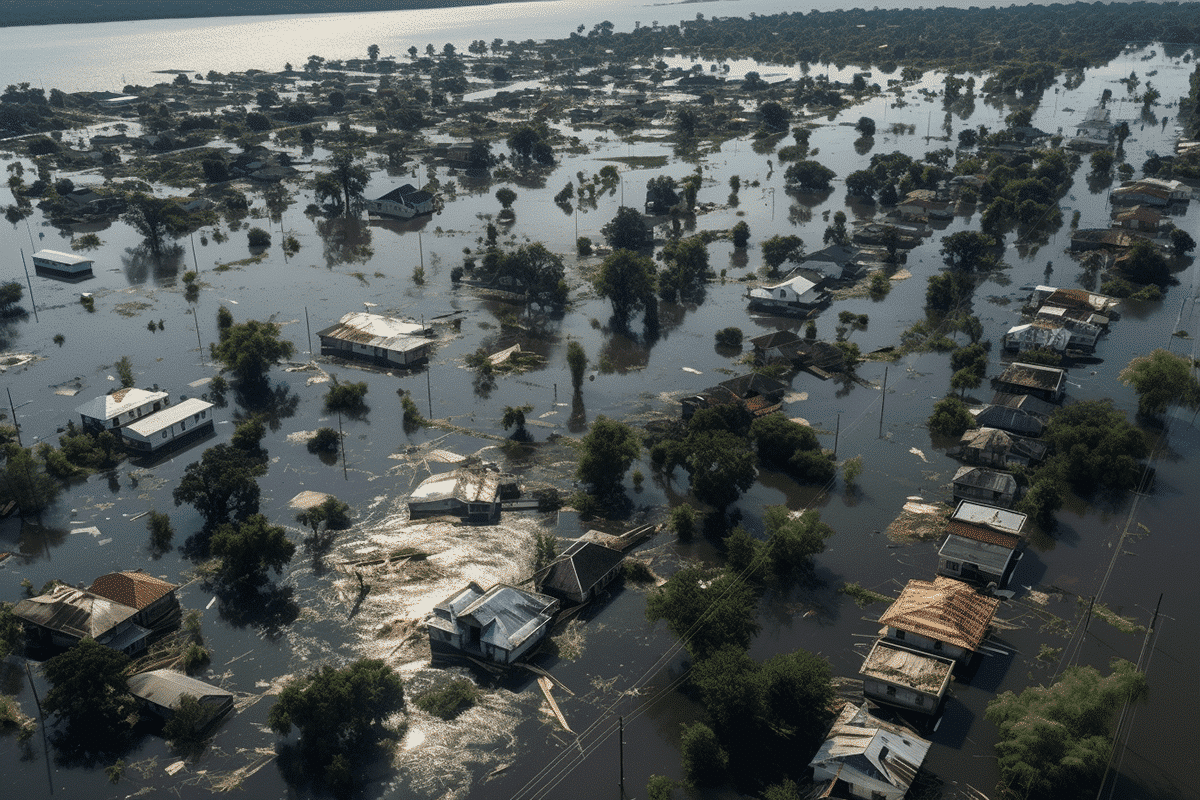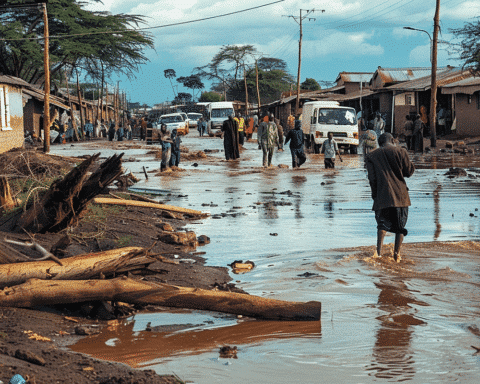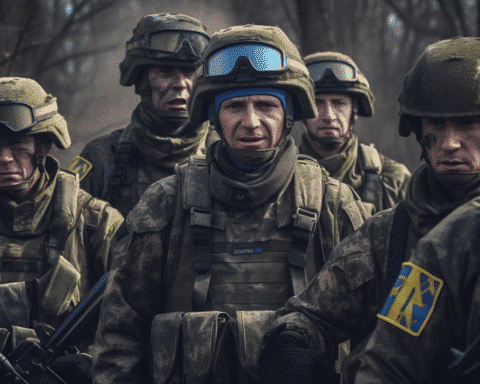In the aftermath of a devastating dam collapse in Oleshky, a town in Russian-occupied southern Ukraine, the true extent of human suffering remains shrouded in secrecy and underreporting. The Associated Press’s comprehensive investigation sheds light on the dire situation that followed the catastrophic flooding in June, revealing a concerted effort by Russian authorities to obscure the scale of the tragedy. This article delves into the stories of those affected, the challenges faced by local health workers and volunteers, and the grim reality of a community in mourning, struggling under the weight of occupation and calamity.
The Personal Toll: Yurii Bilyi’s Story
Yurii Bilyi, a 56-year-old TV repairman, symbolized the personal tragedies that unfolded in Oleshky. His daughter, Anastasiia Bila, recalls her father’s last words over a faltering phone line: “Nastya, I’ve seen worse under occupation.” Bilyi’s body, swollen and disfigured by the floodwaters, was buried in a hastily dug mass grave, a stark reminder of the numerous lives lost and the challenges in identifying the deceased.
The Cover-Up
Russian authorities, according to the AP investigation, have significantly underreported the death toll, claiming only 59 fatalities in the flooded areas. However, accounts from local health workers, volunteers, and Ukrainian informants paint a drastically different picture. In Oleshky alone, the death toll is suspected to be in the hundreds. The occupation authorities’ control over death certificates and the burial process has further obscured the accurate scale of the disaster.
The Struggle of Local Health Workers
Local health workers, like Svitlana, a nurse who later fled to Ukrainian-controlled territory, played a critical role in documenting the tragedy. They issued death certificates in secret, striving to maintain a link to their Ukrainian identity and sovereignty. The Russian-imposed ban on issuing death certificates for flood victims severely hampered their efforts, transforming their role from caregivers to unwilling participants in a cover-up.
Mass Graves and the Unseen Dead
The AP’s interviews reveal a chilling practice of burying unidentified bodies in mass graves, with some never seen again. The exact number of these graves and the bodies they contain remains unknown. The story of Yurii Bilyi, who was buried without a coffin in one such tomb, epitomizes the lack of dignity and respect afforded to the victims.
The Voices of Resistance
Despite threats and intimidation from Russian authorities, many locals, like a volunteer who collected and buried over 100 bodies, defied orders to ensure the dead were treated with a semblance of respect. These acts of defiance, though perilous, demonstrate the community’s resilience and determination to honour their lost loved ones.
As the war continues, residents of Oleshky fear that their suffering will be forgotten. The town, once idyllic, now faces depopulation and destruction. The flood’s aftermath has not only taken lives but has also deepened divisions within the community, with some families torn apart by differing political views.
The tragedy of Oleshky serves as a poignant reminder of the often unreported human costs of war and occupation. The stories of Yurii Bilyi, Anastasiia Bila, and the unnamed health workers and volunteers testify to the resilience and sorrow of a community under siege. As the conflict continues, the hope remains that the truth will eventually surface, bringing some measure of solace to those still grappling with loss and displacement.


